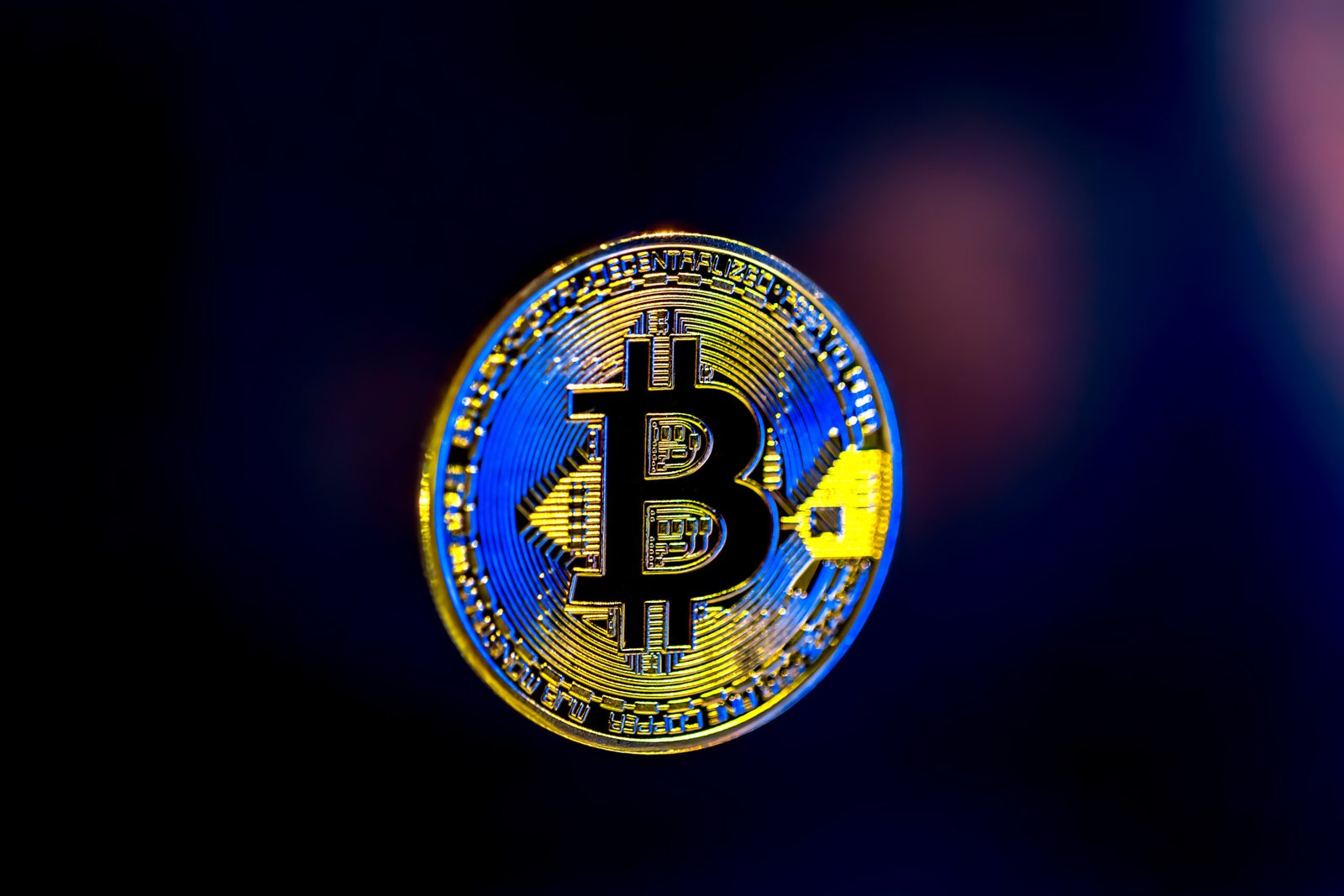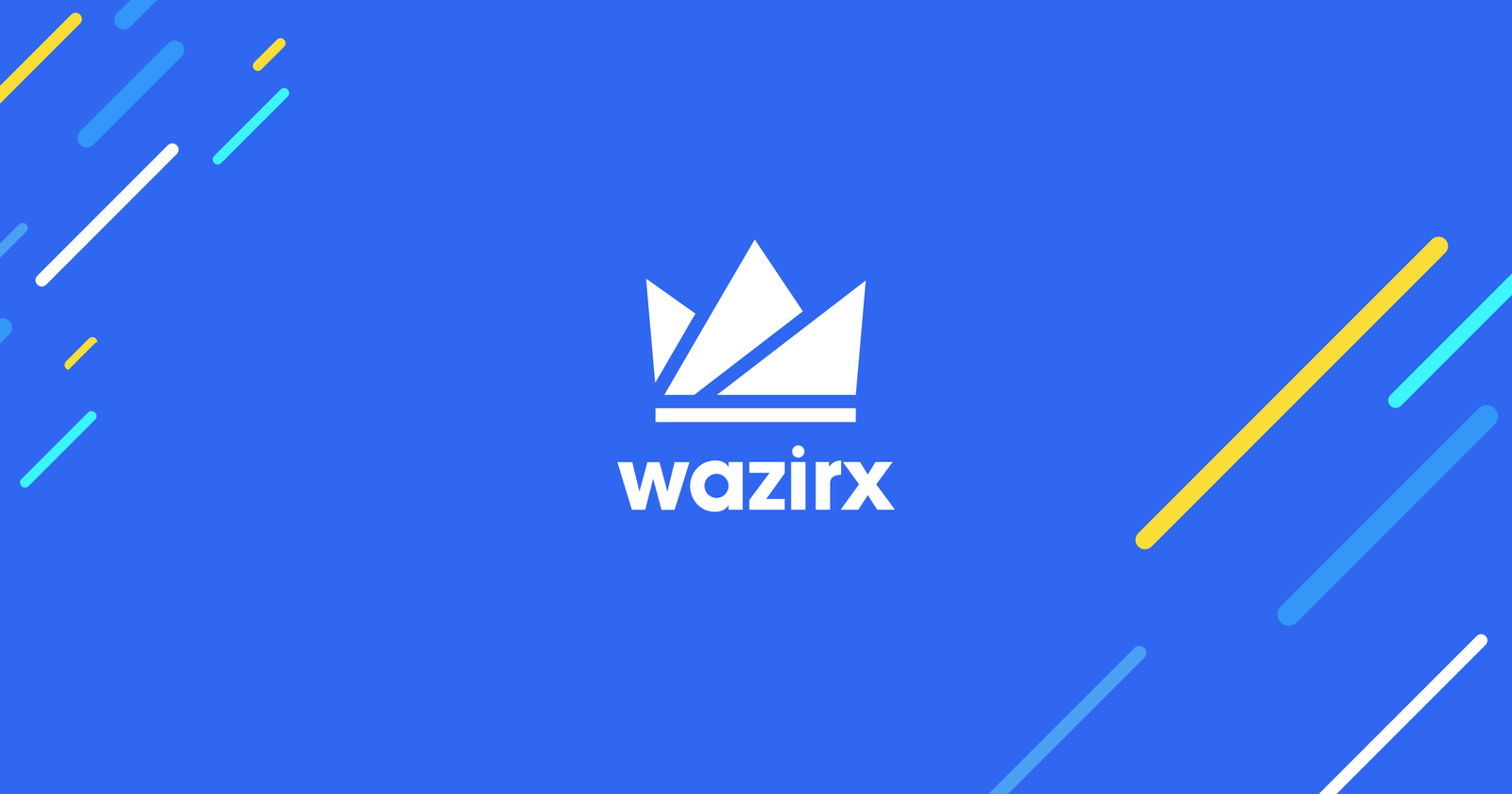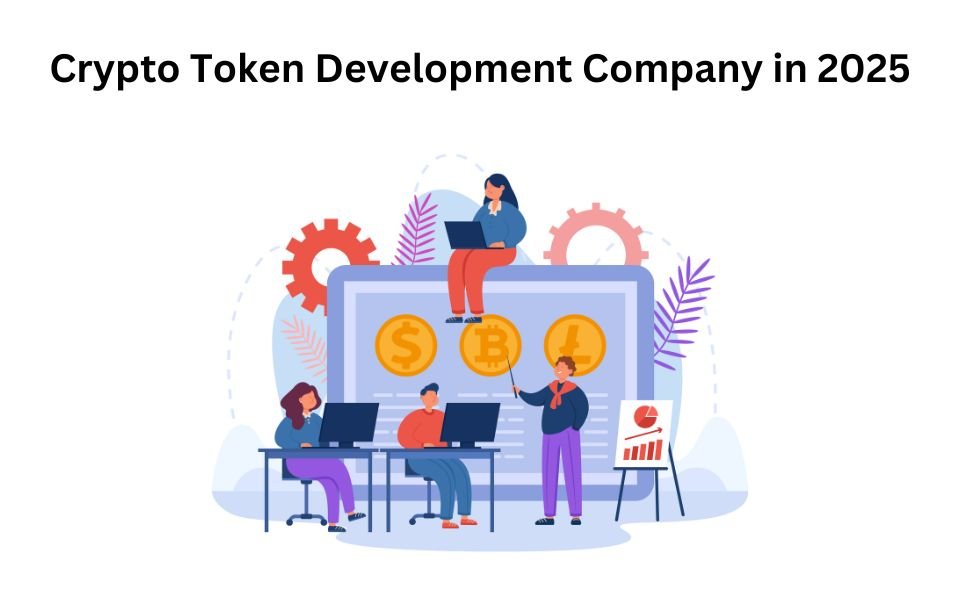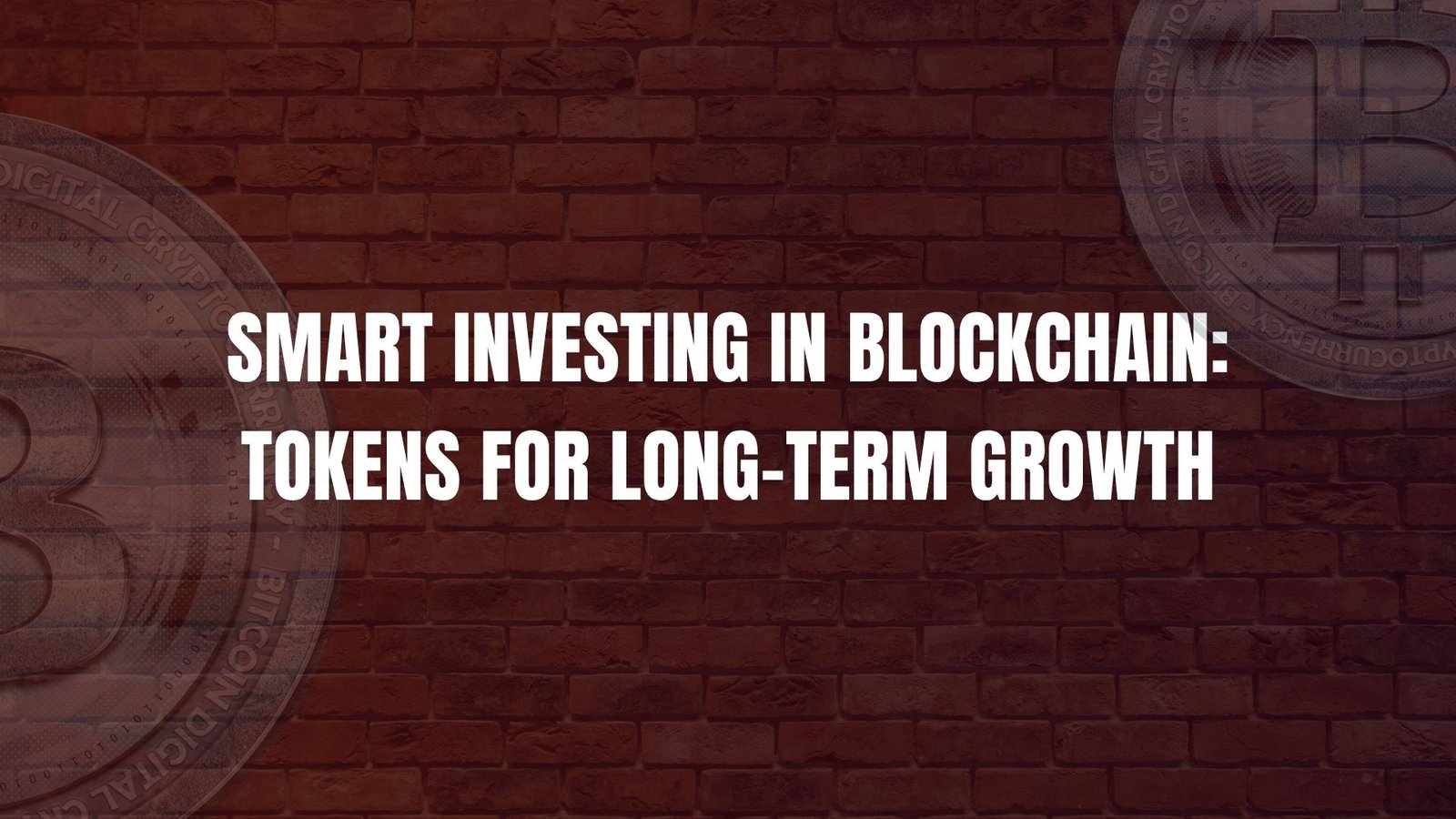Avalanche (AVAX) has garnered significant attention in the cryptocurrency market, positioning itself as a major player in the blockchain ecosystem. However, like all digital assets, its price is subject to fluctuations driven by a variety of factors. Understanding the key elements that influence AVAX price movements is essential for investors and enthusiasts looking to navigate this volatile market. In this blog, we will explore the main factors affecting the price of AVAX and what you should be aware of to make informed investment decisions.
1. Market Sentiment and Trends
One of the primary drivers behind AVAX price movements is overall market sentiment. The cryptocurrency market is heavily influenced by speculative behavior, with traders reacting to news, events, and overall trends. Positive sentiment can lead to price surges, while fear and uncertainty can result in sell-offs.
The broader trends in the cryptocurrency space also play a role in determining AVAX price. For example, during bull markets, when Bitcoin and other leading cryptocurrencies rise, AVAX often experiences price growth due to increased interest in altcoins. Conversely, in bear markets, where investors pull out from riskier assets, AVAX can experience downward pressure.
2. Adoption and Ecosystem Development
Avalanche’s ecosystem is rapidly expanding, with an increasing number of decentralized applications (dApps), decentralized finance (DeFi) projects, and non-fungible tokens (NFTs) being built on its platform. As more developers and users adopt the Avalanche network, the demand for AVAX increases, positively impacting its price.
Strategic partnerships and integrations also play a role in AVAX price movements. Collaborations with well-known companies, adoption by financial institutions, or integration with popular blockchain platforms boost confidence in the Avalanche ecosystem, driving up demand for AVAX tokens.
3. Technological Upgrades and Network Performance
Avalanche is known for its innovative technology, particularly its consensus protocol, which offers high-speed transactions and scalability. Technological advancements and updates to the Avalanche network can significantly impact the price of AVAX.
When Avalanche announces upgrades that improve scalability, reduce transaction fees, or enhance security, it tends to attract more users and developers to the platform. This increased activity boosts demand for AVAX, leading to positive price movements. However, if network performance is perceived to be lacking or if there are any technical issues, the price can be negatively affected.
4. Regulatory Environment
Cryptocurrency markets are sensitive to regulatory developments, and AVAX is no exception. Changes in government policies, regulatory frameworks, and legal restrictions can create uncertainty in the market, influencing investor behavior and price movements.
For instance, if governments implement favorable regulations that encourage the use of blockchain technology and cryptocurrencies, this can drive investment in AVAX, resulting in upward price momentum. Conversely, stricter regulations or bans on crypto trading can lead to sell-offs, driving prices down.
5. Competing Blockchain Networks
Avalanche is not the only blockchain platform offering fast, scalable, and low-cost transactions. Competitors such as Ethereum, Solana, and Binance Smart Chain are constantly vying for market share. The success or failure of these competing networks can directly affect the price of AVAX.
If a competing platform experiences a major technical failure or becomes too expensive to use, users may migrate to Avalanche, increasing the demand for AVAX. On the other hand, if a rival network launches a groundbreaking technology or offers lower transaction fees, it could draw users away from Avalanche, negatively impacting AVAX’s price.
6. Macroeconomic Factors
Like traditional financial markets, the cryptocurrency market is influenced by macroeconomic factors. Inflation, interest rates, and global economic conditions play a significant role in investor behavior, impacting the AVAX price.
During periods of economic uncertainty, investors often move their funds into safer assets, such as gold or government bonds, which can lead to a decrease in AVAX’s value. Conversely, in times of economic growth or low interest rates, investors may seek higher-risk, higher-reward investments like AVAX, driving up its price.
7. Tokenomics and Supply Dynamics
The supply and demand dynamics of AVAX tokens also play a critical role in determining its price. AVAX has a capped supply of 720 million tokens, with a portion of tokens being released over time through staking and network incentives.
The deflationary nature of AVAX, with tokens being burned through transaction fees, reduces the circulating supply over time. This scarcity can drive up the price as demand for the token increases. Additionally, staking rewards incentivize holders to lock up their AVAX tokens, reducing the circulating supply and exerting upward pressure on the price.
8. Investor Sentiment and Institutional Interest
Institutional interest in the cryptocurrency market is growing, and AVAX has caught the attention of major investors and funds. When large institutional investors enter the market and purchase AVAX, it can lead to a significant price increase due to the sheer volume of the transactions.
Furthermore, institutional endorsements provide legitimacy to the AVAX ecosystem, which can boost retail investor confidence and drive further price growth. On the flip side, if institutions withdraw their support or sell off their holdings, the price could experience a sharp decline.
Conclusion
The AVAX price is influenced by a complex interplay of factors, including market sentiment, technological upgrades, competition, and macroeconomic conditions. For investors, staying informed about these key elements can help them make better decisions when trading AVAX. As the Avalanche ecosystem continues to grow and evolve, understanding these dynamics will be crucial in predicting future price movements and seizing opportunities in this dynamic market.
















Leave a Reply